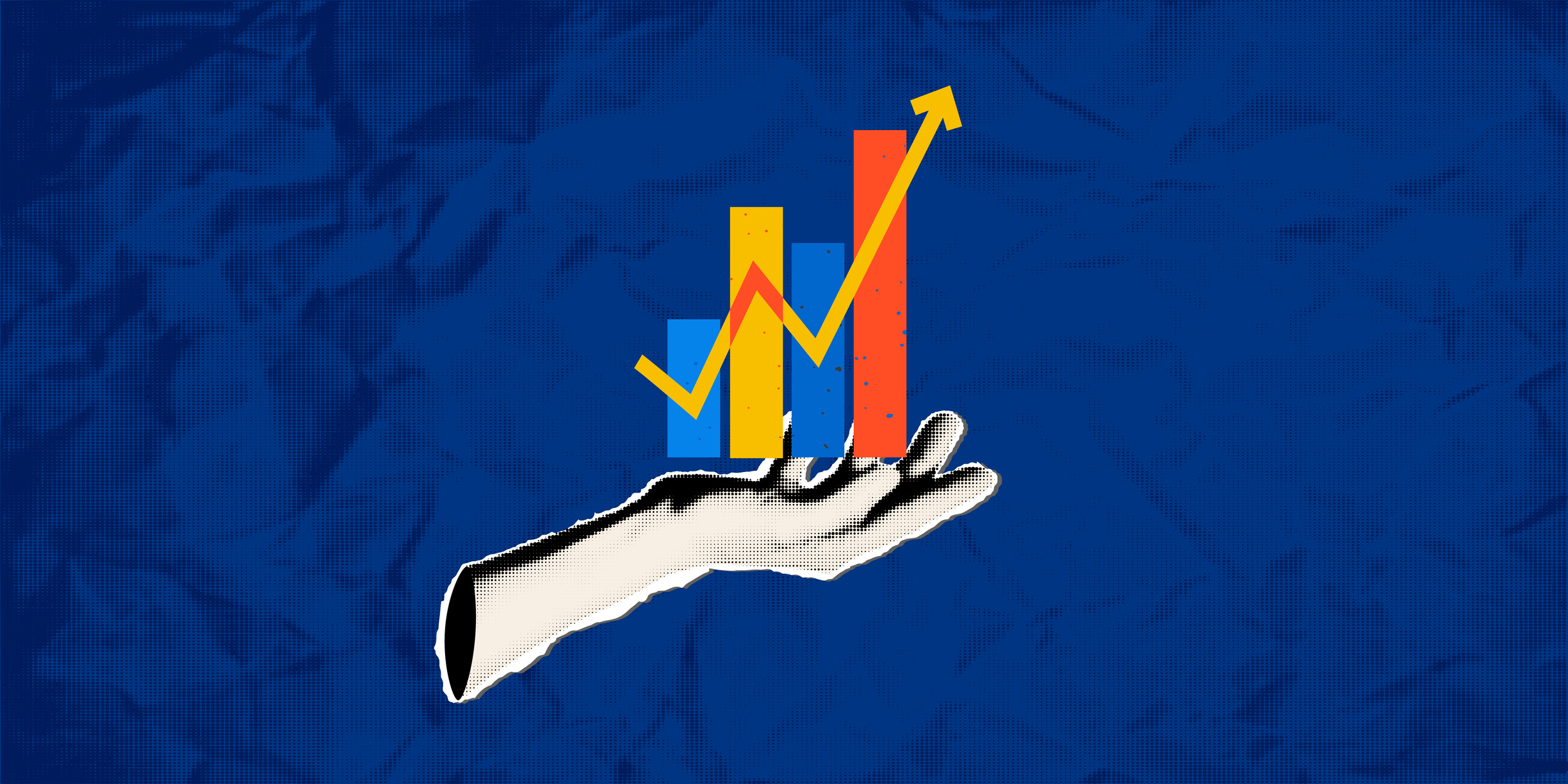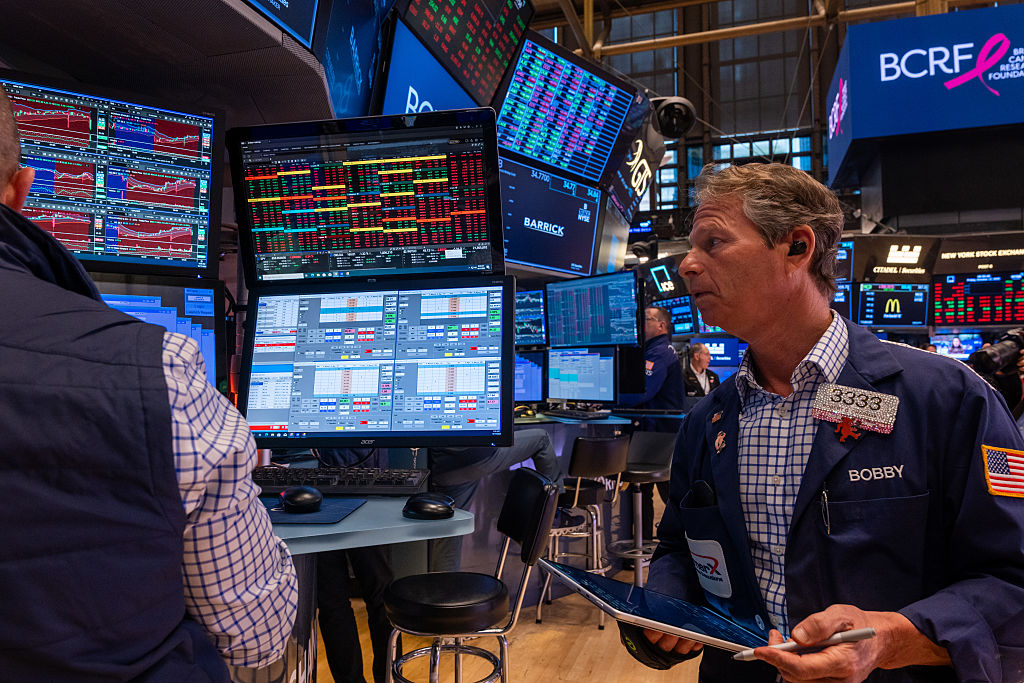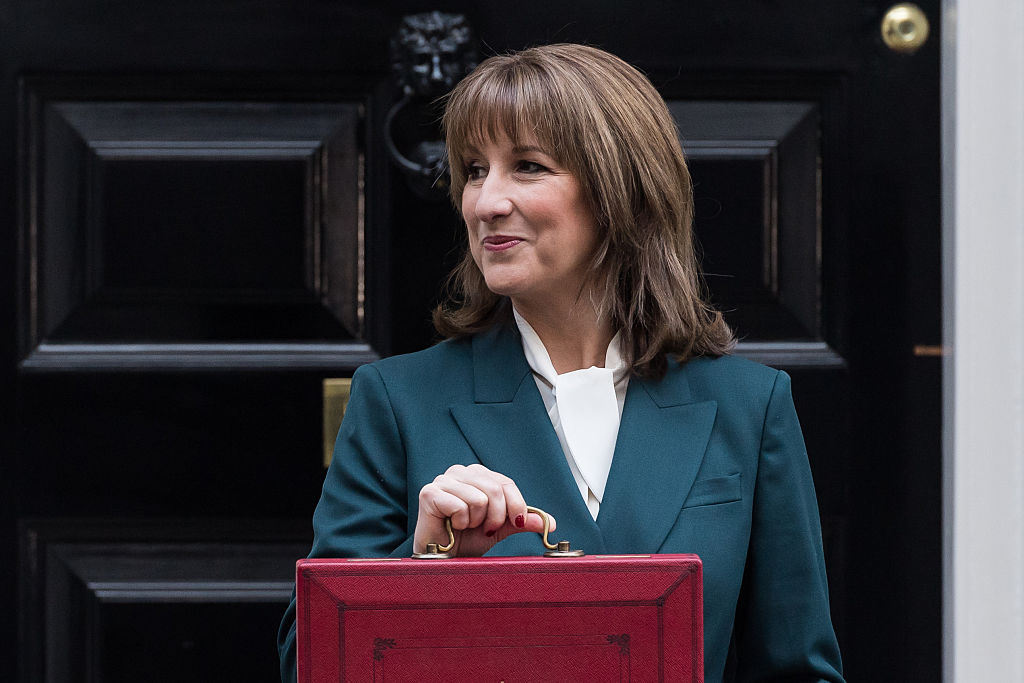Carrots and sticks: why energy prices won't fall for a long time
Energy is going to be more expensive for a long time before it gets both cleaner and cheaper.


We often write here about the global economy being at an inflection point. Many of the great trends that have shaped the last few decades are coming to an end. The age of cheap labour is ending as politics restricts easy migration and the world’s population ages. The easy growth, productivity gains and deflationary impulses from the integration of China into our economic systems are all fading. At the same time companies and countries are changing the way they think about supply chains (just in case rather than just in time). All this is disruptive and inflationary in itself. But there is one more factor to add into the mix – the price of energy is rising and going to keep rising. This matters.
In 2013, in his book Life After Growth, Tim Morgan noted that the real economy is at heart nothing but an energy equation. Without a steady supply of cheap energy (to provide everything from our fuel to our chemicals and fertiliser) there is nothing to drive long-term growth. What matters then is how much energy costs to produce.
There was a time when we didn’t need to worry about this much: when we could use “rudimentary wellhead equipment to access billions of barrels of energy in the sands of Arabia”, we got “at least 100 units of energy for each unit invested in the infrastructure” (the energy return on energy invested – EROEI – was 100:1). It didn’t last long. In 1990, the global energy EROEI was about 37:1. When Morgan was writing it was 14:1. Today there is much debate on EROEI – you will find endless papers online claiming that fossil-fuel numbers are lower than once thought (once refining and transport are taken into account) and that renewable numbers are higher than they first look (it depends on the life of each project, for example).
MoneyWeek
Subscribe to MoneyWeek today and get your first six magazine issues absolutely FREE

Sign up to Money Morning
Don't miss the latest investment and personal finances news, market analysis, plus money-saving tips with our free twice-daily newsletter
Don't miss the latest investment and personal finances news, market analysis, plus money-saving tips with our free twice-daily newsletter
But however you cut it, one thing that is coming out of the COP26 meetings in Glasgow this week is a promise that energy is going to be more expensive for a long time before it gets both cleaner and cheaper.
Carrot and stick will both play a role. The global financial sector seems set on defunding the fossil-fuel industry and we should expect to see rising carbon prices layered on top of the supply crunch that may cause. We should also probably expect to pay higher taxes to finance the subsidies government will keep offering to low-carbon energy production. As renewables scale up, notes Arthur Kroeber of Gavekal, we should expect the end price of electricity to rise too – the intermittency of solar and wind means we must invest more in spare-capacity storage and grid upgrades. Other problems will come in the sharp rise in demand for the metals renewables need – lithium, cobalt and nickel in particular – and in the waste created by replacement cycles for solar panels and turbine blades. None of this is insurmountable. But it is disruptive (and the more serious anyone is about net zero, the more disruptive it is) and it is almost certainly quite inflationary. We might (in many decades) end up with a clean energy system. But getting there is going to be an inflationary journey into “the unknown and the unpredictable”.
This might all seem a bit long-term (carbon prices won’t soar the minute the 400 private jets that landed in Glasgow this week leave), but it should add to the list of things making investors feel a little uneasy about valuations. Market corrections are impossible to forecast. But it really does feel like our next one is a tad overdue.
Get the latest financial news, insights and expert analysis from our award-winning MoneyWeek team, to help you understand what really matters when it comes to your finances.
Merryn Somerset Webb started her career in Tokyo at public broadcaster NHK before becoming a Japanese equity broker at what was then Warburgs. She went on to work at SBC and UBS without moving from her desk in Kamiyacho (it was the age of mergers).
After five years in Japan she returned to work in the UK at Paribas. This soon became BNP Paribas. Again, no desk move was required. On leaving the City, Merryn helped The Week magazine with its City pages before becoming the launch editor of MoneyWeek in 2000 and taking on columns first in the Sunday Times and then in 2009 in the Financial Times
Twenty years on, MoneyWeek is the best-selling financial magazine in the UK. Merryn was its Editor in Chief until 2022. She is now a senior columnist at Bloomberg and host of the Merryn Talks Money podcast - but still writes for Moneyweek monthly.
Merryn is also is a non executive director of two investment trusts – BlackRock Throgmorton, and the Murray Income Investment Trust.
-
 Autumn Budget tax changes: how is your generation affected?
Autumn Budget tax changes: how is your generation affected?The chancellor expects everyone to do their bit to boost the nation's finances but the tax burden is by no means shared equally
-
 Revealed: pension savers ditch investment trusts and favour passive funds
Revealed: pension savers ditch investment trusts and favour passive fundsDemand for investment trusts is cooling among self-invested personal pension (Sipp) customers, who are increasingly choosing money market funds, passive funds and individual shares
-
 Leading European companies offer long-term growth prospects
Leading European companies offer long-term growth prospectsOpinion Alexander Darwall, lead portfolio manager, European Opportunities Trust, picks three European companies where he'd put his money
-
 How to harness the power of dividends
How to harness the power of dividendsDividends went out of style in the pandemic. It’s great to see them back, says Rupert Hargreaves
-
 Why Trustpilot is a stock to watch for exposure to the e-commerce market
Why Trustpilot is a stock to watch for exposure to the e-commerce marketTrustpilot has built a defensible position in one of the most critical areas of the internet: the infrastructure of trust, says Jamie Ward
-
 Tetragon Financial: An exotic investment trust producing stellar returns
Tetragon Financial: An exotic investment trust producing stellar returnsTetragon Financial has performed very well, but it won't appeal to most investors – there are clear reasons for the huge discount, says Rupert Hargreaves
-
 How to capitalise on the pessimism around Britain's stock market
How to capitalise on the pessimism around Britain's stock marketOpinion There was little in the Budget to prop up Britain's stock market, but opportunities are hiding in plain sight. Investors should take advantage while they can
-
 London claims victory in the Brexit wars
London claims victory in the Brexit warsOpinion JPMorgan Chase's decision to build a new headquarters in London is a huge vote of confidence and a sign that the City will remain Europe's key financial hub
-
 The consequences of the Autumn Budget – and what it means for the UK economy
The consequences of the Autumn Budget – and what it means for the UK economyOpinion A directionless and floundering government has ducked the hard choices at the Autumn Budget, says Simon Wilson
-
 Reinventing the high street – how to invest in the retailers driving the change
Reinventing the high street – how to invest in the retailers driving the changeThe high street brands that can make shopping and leisure an enjoyable experience will thrive, says Maryam Cockar
